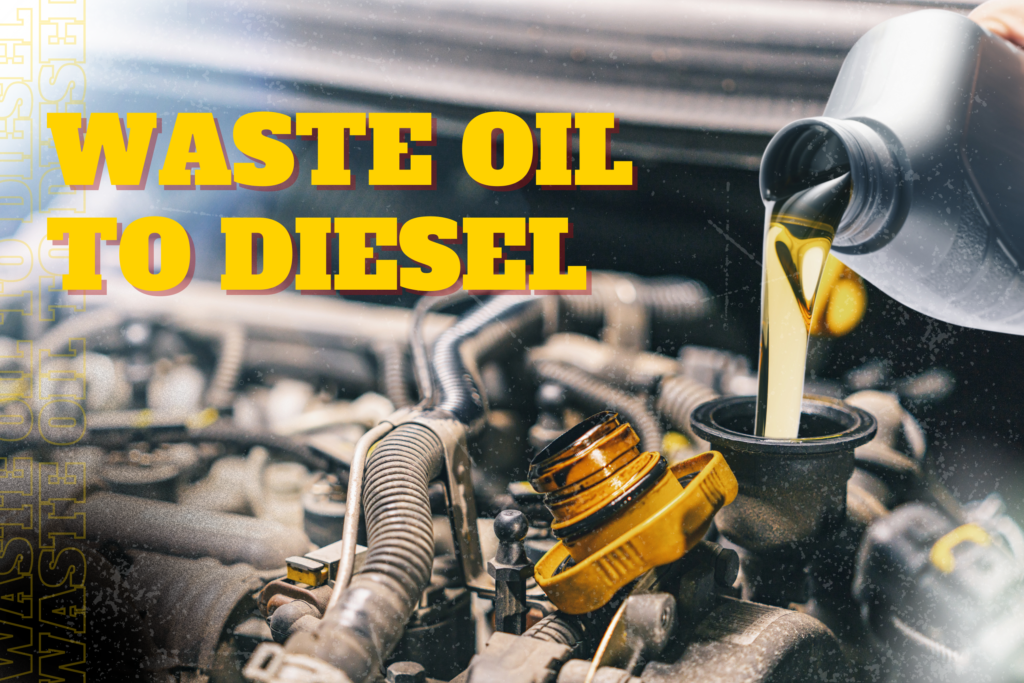Continuous Pyrolysis Plant: Convert Waste to Fuel Efficiently
Introduction With the world now confronting mounting waste disposal issues, industries are now turning towards greener waste-to-energy solutions. Among the most efficient and environment-friendly processes possible today is the continuous pyrolysis . It converts waste such as plastics, tyres, and rubber into useful fuel oil, carbon black, and gas. A continuous pyrolysis plant is different from conventional batch systems in that it runs 24/7 and provides greater efficiency and lower cost of operation. What Is a Continuous Pyrolysis Plant? A continuous pyrolysis is a contemporary recycling facility meant to treat waste materials on a continuous basis without any form of interruption. In the process, waste is fed into the reactor automatically, where it is decomposed thermally in the absence of oxygen. The process disintegrates the materials into fuel oil, carbon black, and combustible gas. In contrast to batch-type pyrolysis, where processes have to be halted to reload materials, the continuous plant permits a constant input and output. This continuous process is best suited for big industries and municipalities that produce high amounts of waste on a daily basis. How Does a Continuous Pyrolysis Plant Work? The operation process of a pyrolysis plant includes: Automatic Feeding – Waste is fed automatically into the reactor through a conveyor. Pyrolysis Reaction – Within the reactor, materials are subjected to high temperatures (300–450°C) in the absence of oxygen, leading to thermal breakdown. Gas Separation – The produced gas is separated, with non-condensable gas recycled to heat the reactor. Oil Condensation – The vapor gas is passed over condensers, yielding fuel oil. Discharge – Solid residues such as carbon black are discharged automatically from the system. This high-tech system enables a continuous pyrolysis to operate around the clock, enhancing efficiency, conserving energy, and boosting output. Benefits of Continuous Pyrolysis Plant High Efficiency and Output continuous pyrolysis plant Since a continuous pyrolysis plant operates without interruption, it treats more waste in a shorter time. This translates to more fuel oil and less pollution. Lower Labor Costs Automation minimizes the demand for manual handling. Handful of skilled operators can operate the whole continuous pyrolysis plant, which reduces operational costs. Energy Recovery The gas generated during the process can be reutilized to run the system, thereby making the continuous pyrolysis cost-effective and energy-saving. Environment-Friendly The closed design prevents direct emission. A continuous plant comprises pollution control systems, which lowers injurious gas release and ensures environment-friendly recycling. Applications of Continuous Pyrolysis Plant The continuous pyrolysis plant is utilized in various industries: Tyre Recycling continuous plant: Used tyres are recycled into fuel oil and carbon black. Plastic Waste Recycling: Plastic packaging material, bottles, and bags are recycled into useful fuel. Rubber Waste Management: Industrial rubber waste is managed effectively. Municipal Waste Disposal: Suitable for municipal-level waste management in cities and towns. Due to its vast use, the continuous pyrolysis plant is being utilized across the globe to address increasing waste issues. Economic Advantages of Continual Pyrolysis Plant Investing in a continual pyrolysis plant has wonderful economic advantages: Why Prefer Continuous Over Batch-Type Pyrolysis? The continuous pyrolysis plant is efficient, operates uninterruptedly, employs automation, and has a low level of manual labor. It has quicker processing, greater output, and greater energy saving compared to batch-type plants. Enterprises that desire long-term large-scale waste processing will always gain more from a continuous pyrolysis plant. How to Install a Continuous Pyrolysis Installation of a continuous pyrolysis plant includes: Site Selection – Select an industrial zone with due authorization. Raw Material Supply – Facilitate round-the-clock waste tyre or plastic supply. Future Scope of Continuous Pyrolysis Plant The future of the continuous plant is promising. With government initiatives encouraging clean energy and the globe heading towards zero waste, the demand for pyrolysis plants will increase. Besides, the advancements in technology will further enhance these plants to be more efficient, cost-saving, and scalable. India, China, and the Middle Eastern countries are quickly embracing pyrolysis plant solutions to solve waste issues and establish new business ventures. Conclusion A continuous pyrolysis plant is more than a Beyond—it’s a sustainable solution for today’s waste crisis. It converts waste into fuel, reduces environmental impact, saves costs, and opens new revenue streams. Whether you’re a small recycler or a large enterprise, investing in a continuous plant is a smart move for the future. Veera



